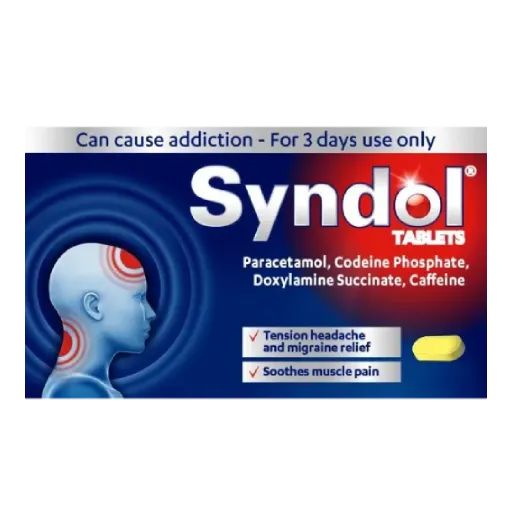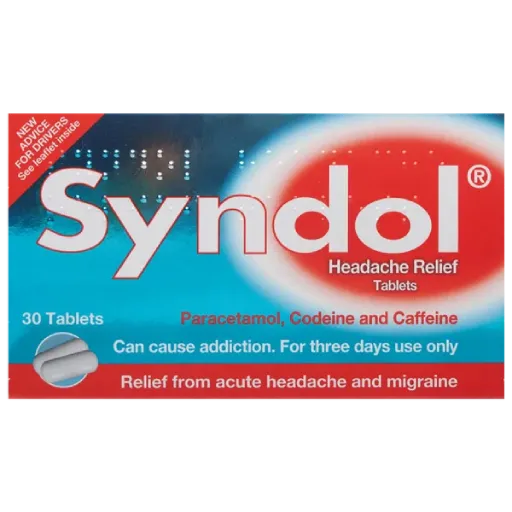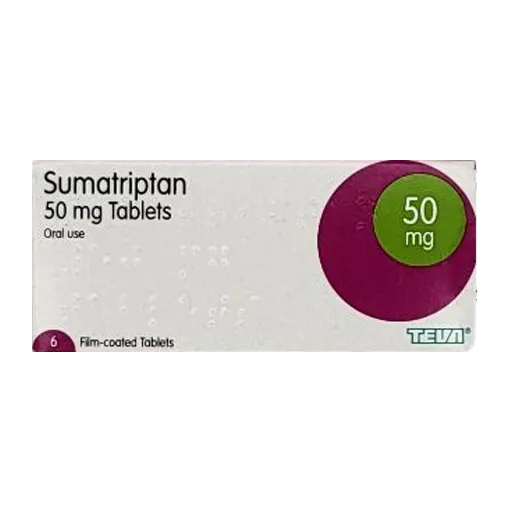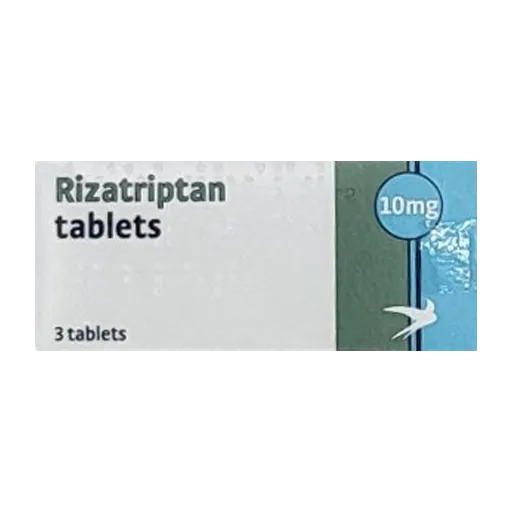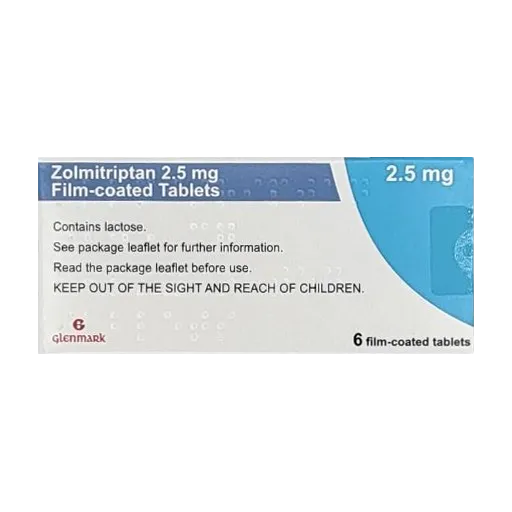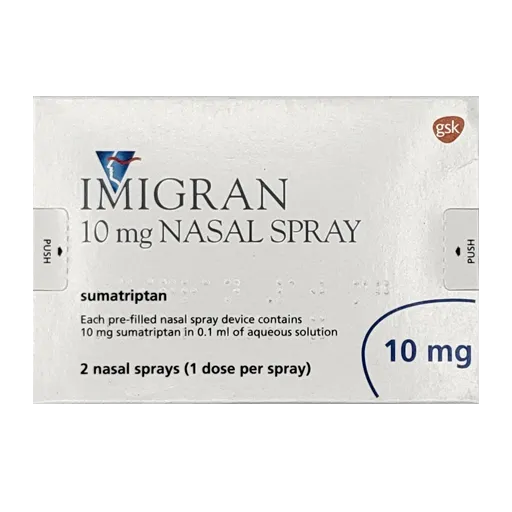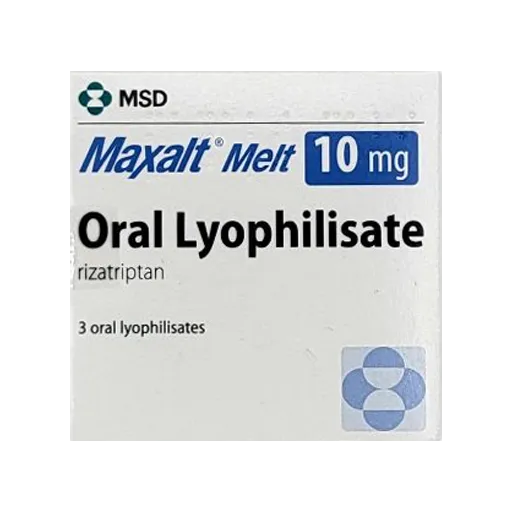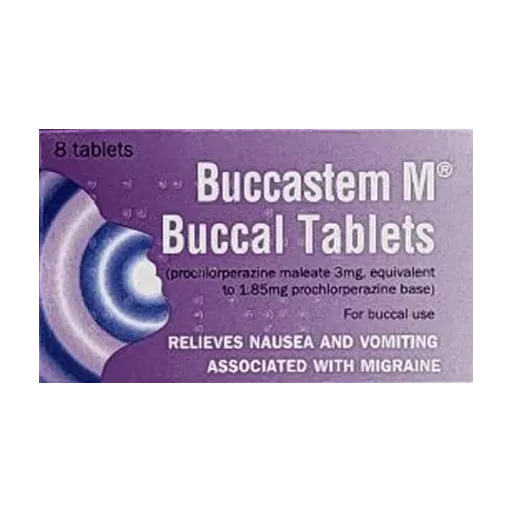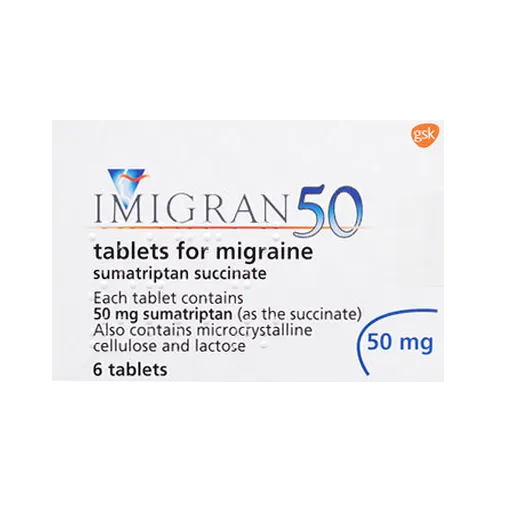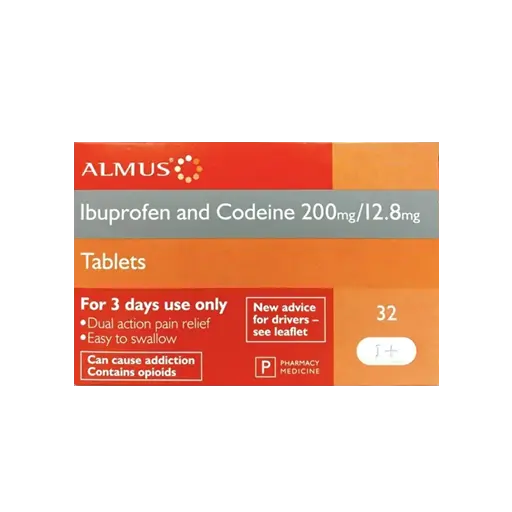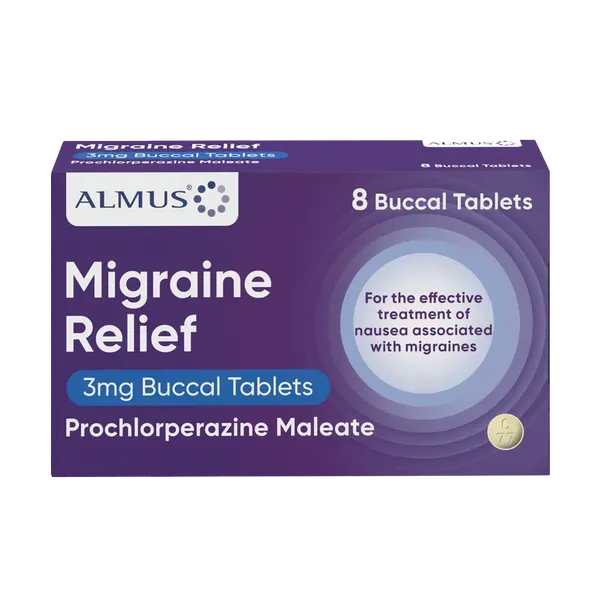migraine consultation
Please fill in the questionnaire below. Any information provided will be kept confidential and will only be seen by a prescriber. These questions are designed to give our prescriber enough information to make a decision on whether the treatment is suitable, please fill them in truthfully.
migraine
A migraine is a moderate or severe headache that is a severe throbbing or pulsing pain that is usually felt on one side of the head. They can often be associated with other symptoms such as nausea, vomiting and an increased sensitivity to light or sound. They are common and affect around 1 in 5 women and around 1 in 15 men. They can sometimes be associated with or without an 'aura' which are a warining sign before the migraine begins such as seeing flashing lights. Silent migraines are where an aura or other migraine symptoms are experienced but a headache does not develop. If your migraines are frequent or severe you can get treatment such as painkillers or triptans which are more tailored towards migraine pain relief.
-
P
-
P
-
P
-
P
-
P
-
POM
-
POM
-
POM
-
POM
-
POM
-
P
-
POM
-
P
-
P
-
P
Migraine
A migraine is a moderate to severe headache that usually feels like a throbbing pain on one side of the head. It can be accompanied by nausea, vomiting, and sensitivity to light or sound.
Migraines are common and affect around 1 in 5 women and 1 in 15 men. They can last anywhere from a few hours to several days and may happen occasionally or more frequently.
While migraines are not life-threatening, they can have a big impact on daily life. With the right treatment and self-care, most people can manage their symptoms effectively.
What causes migraines?
The exact cause of migraines isn't fully understood, but they are thought to involve temporary changes in the brain's chemicals, nerves, and blood vessels.
Migraines often run in families and can be triggered by various factors.
Common migraine triggers include:
- Stress or anxiety
- Hormonal changes (e.g. during periods or menopause)
- Missed meals or irregular eating
- Dehydration
- Lack of sleep or changes in sleep routine
- Bright lights or loud noises
- Weather changes
- Certain foods and drinks (e.g. chocolate, cheese, caffeine, alcohol)
What are the symptoms of migraine?
Migraine symptoms usually develop in stages, although not everyone experiences all of them. The most common stages include:
1. Prodrome (early warning signs)
- Changes in mood
- Fatigue or difficulty concentrating
- Food cravings
- Neck stiffness
- Frequent yawning
2. Aura (affects around 1 in 3 people with migraines)
- Visual disturbances (flashing lights, zigzag lines, blind spots)
- Tingling in the hands, arms, or face
- Difficulty speaking or focusing
3. Headache phase
- Throbbing or pulsing pain (usually on one side)
- Nausea and/or vomiting
- Sensitivity to light, sound, or smells
- Worsens with movement
4. Postdrome (after the headache)
- Fatigue
- Difficulty concentrating
- Mild headache or sensitivity
How is migraine diagnosed?
Migraines are usually diagnosed based on your symptoms and medical history. There's no specific test for migraines, but your GP may ask:
- How often you get headaches
- What the pain feels like and how long it lasts
- Whether you have nausea, visual changes, or other symptoms
- If there's a family history of migraines
You may be referred for tests (like a brain scan or blood tests) if your symptoms are unusual, severe, or started suddenly.
Migraine treatments
There's no cure for migraines, but a combination of medication and self-care can help reduce how often they occur and make them less severe.
Over-the-counter treatments
- Painkillers: Paracetamol or ibuprofen are commonly used for mild to moderate migraine attacks
- Anti-sickness medicines (e.g. buccastem or cyclizine): Help relieve nausea and vomiting
Prescription options
- Triptans (e.g. sumatriptan, rizatriptan): Migraine-specific medicines that block pain signals in the brain
- Preventive treatments: Such as beta-blockers, antidepressants, anti-seizure drugs, or monthly injections (e.g. CGRP inhibitors)
Self-care and prevention
- Keep a migraine diary to track triggers and symptoms
- Stick to regular sleep and meal times
- Stay hydrated throughout the day
- Manage stress using relaxation techniques or CBT
- Limit caffeine and alcohol intake
- Use sunglasses or filters to avoid bright light if sensitive
Will treatment work?
Most people with migraines find effective relief with the right combination of lifestyle changes and medication.
Triptans work well for many people when taken early in an attack, and preventive treatments can reduce how often you get migraines over time.
It may take a few tries to find the treatment plan that works best for you — keeping a diary and working closely with a doctor or pharmacist can help.
Migraine treatment side effects
Side effects vary depending on the medicine used. Common side effects include:
- Paracetamol or ibuprofen: Usually well tolerated but can cause stomach irritation or liver issues if overused
- Triptans: Tingling, flushing, or tightness in the chest or throat (usually short-lived)
- Anti-sickness tablets: Drowsiness, dry mouth, or dizziness
- Preventive medicines: Each has its own side effects, such as tiredness, weight changes, or mood effects
Frequent use of painkillers can lead to medication overuse headaches — speak to your GP or pharmacist if you need pain relief more than twice a week.



